-
 Bitcoin
Bitcoin $115100
1.27% -
 Ethereum
Ethereum $3675
2.71% -
 XRP
XRP $2.995
1.45% -
 Tether USDt
Tether USDt $1.000
0.02% -
 BNB
BNB $769.8
2.64% -
 Solana
Solana $168.0
3.25% -
 USDC
USDC $0.9999
-0.01% -
 TRON
TRON $0.3371
1.48% -
 Dogecoin
Dogecoin $0.2051
3.36% -
 Cardano
Cardano $0.7394
2.30% -
 Hyperliquid
Hyperliquid $38.15
0.42% -
 Stellar
Stellar $0.3966
-0.36% -
 Sui
Sui $3.486
2.93% -
 Chainlink
Chainlink $16.72
2.52% -
 Bitcoin Cash
Bitcoin Cash $568.0
4.36% -
 Hedera
Hedera $0.2440
2.59% -
 Ethena USDe
Ethena USDe $1.001
0.04% -
 Avalanche
Avalanche $22.16
2.06% -
 Litecoin
Litecoin $119.1
-0.73% -
 UNUS SED LEO
UNUS SED LEO $8.991
0.04% -
 Toncoin
Toncoin $3.232
-0.39% -
 Shiba Inu
Shiba Inu $0.00001233
2.82% -
 Uniswap
Uniswap $9.717
2.53% -
 Polkadot
Polkadot $3.664
1.85% -
 Dai
Dai $1.000
0.01% -
 Monero
Monero $281.2
-3.89% -
 Bitget Token
Bitget Token $4.350
1.55% -
 Cronos
Cronos $0.1428
5.07% -
 Pepe
Pepe $0.00001050
3.68% -
 Aave
Aave $262.3
3.54%
MetaMask for developers: how to connect a dApp?
MetaMask is a popular Ethereum wallet that enables users to interact with dApps directly through their browser, providing essential tools for blockchain development and transaction handling.
Jul 09, 2025 at 03:35 pm
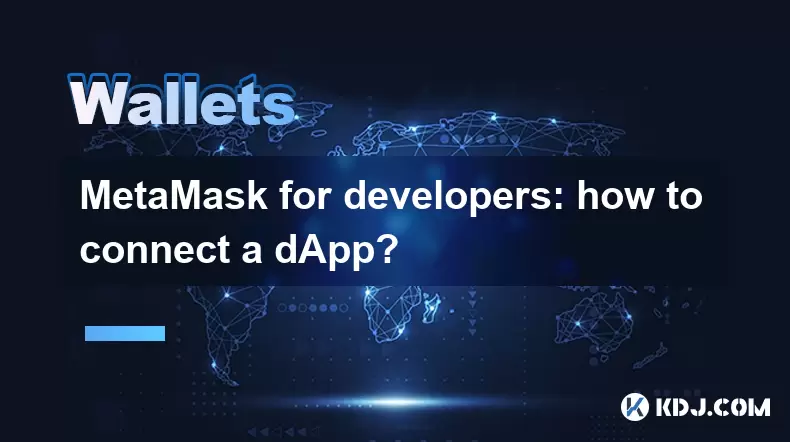
Understanding MetaMask and Its Role in dApp Development
MetaMask is a widely used cryptocurrency wallet that enables users to interact with the Ethereum blockchain directly through their web browser. For developers, it serves as a critical tool for testing and deploying decentralized applications (dApps). It acts not only as a wallet but also as a provider of the Ethereum JavaScript API, which allows dApps to communicate with the Ethereum network.
When building or connecting to a dApp, understanding how MetaMask injects its provider into the browser environment is essential. This injected provider gives developers access to functions like web3.eth.getAccounts(), web3.eth.sendTransaction(), and more. The ability to request user permissions and handle transaction signing makes MetaMask indispensable for front-end development involving blockchain interactions.
Setting Up Your Development Environment
Before you can connect your dApp to MetaMask, ensure your development stack supports JavaScript-based Ethereum libraries such as Web3.js or ethers.js. These libraries are commonly used to interface with MetaMask’s Ethereum provider.
- Install Web3.js using npm:
npm install web3 - Alternatively, use a CDN link if working in a basic HTML/JS setup
Make sure your local development server is running. Tools like Vite, Webpack Dev Server, or even Live Server in VS Code are suitable options. Your dApp should be served over HTTP or HTTPS so that MetaMask can detect and interact with it correctly.
Detecting MetaMask in the Browser
MetaMask injects an ethereum object into the global window object of the browser. You can check for its presence by inspecting this object:
if (typeof window.ethereum !== 'undefined') {
console.log('MetaMask is installed!');
} else {
console.log('Please install MetaMask to use this dApp.');
}This detection step is crucial because it prevents errors when trying to call MetaMask functions on unsupported browsers. Once detected, you can proceed to request account access from the user.
Requesting Account Access from MetaMask
To interact with a user's wallet, your dApp must first obtain permission to access their Ethereum accounts. This is typically done using the ethereum.request({ method: 'eth_requestAccounts' }) method:
const accounts = await window.ethereum.request({ method: 'eth_requestAccounts' });
console.log('Connected account:', accounts[0]);This will trigger a pop-up in MetaMask asking the user to grant access to their accounts. Upon approval, your dApp receives an array of public addresses associated with the user’s wallet. If denied, the promise will reject, and you should handle this gracefully in your UI.
It's important to note that this request must be triggered by a user action, such as clicking a button. Browsers block non-user-initiated requests for security reasons.
Connecting Using Web3.js or Ethers.js
Once you’ve detected MetaMask and obtained account access, you can initialize a Web3 instance using the injected provider:
const web3 = new Web3(window.ethereum);Alternatively, with ethers.js, you can connect using the following pattern:
const provider = new ethers.providers.Web3Provider(window.ethereum);
const signer = provider.getSigner();These instances allow your dApp to perform various actions like reading contract data, sending transactions, and listening for events. Always make sure to handle chain changes and account changes by adding event listeners:
window.ethereum.on('chainChanged', (chainId) => {
window.location.reload();
});window.ethereum.on('accountsChanged', (accounts) => {
// Handle account change
});
Handling Transactions and User Interactions
With the connection established, your dApp can now send transactions. Here’s an example using Web3.js to send ETH:
const transactionParameters = {
to: '0x...', // Recipient address
from: accounts[0], // Sender address
value: Web3.utils.toHex(Web3.utils.toWei('0.1', 'ether')),
};try {
const txHash = await window.ethereum.request({
method: 'eth_sendTransaction',
params: [transactionParameters],
});
console.log('Transaction hash:', txHash);
} catch (error) {
console.error('Transaction failed:', error);
}
Using ethers.js, the process looks slightly different:
const tx = await signer.sendTransaction({
to: '0x...',
value: ethers.utils.parseEther('0.1'),
});
await tx.wait();
console.log('Transaction mined:', tx.hash);Always provide feedback to users during these operations, including loading states, success messages, and error handling.
Frequently Asked Questions
Q: Can I connect MetaMask to a mobile dApp?
Yes, you can integrate MetaMask Mobile by using the WalletConnect protocol. This allows your dApp to communicate with MetaMask via a QR code scan or deep linking.
Q: What should I do if MetaMask doesn’t prompt for account access?
Ensure the request is initiated by a user gesture like a button click. Also, verify that MetaMask is unlocked and has at least one account created.
Q: How do I test my dApp with MetaMask without real funds?
Use Rinkeby, Goerli, or Sepolia testnets. You can switch networks within MetaMask and request test ETH from a faucet to simulate real-world interactions.
Q: Is it possible to disconnect from MetaMask programmatically?
MetaMask does not support programmatic disconnection. However, you can clear your app’s state and prompt the user to reconnect manually.
Disclaimer:info@kdj.com
The information provided is not trading advice. kdj.com does not assume any responsibility for any investments made based on the information provided in this article. Cryptocurrencies are highly volatile and it is highly recommended that you invest with caution after thorough research!
If you believe that the content used on this website infringes your copyright, please contact us immediately (info@kdj.com) and we will delete it promptly.
- BlockDAG, Litecoin, and Cardano: Charting the Course in Crypto's Dynamic Waters
- 2025-08-07 09:09:06
- Fireverse Token: Igniting a Musical Revolution in Web3
- 2025-08-07 08:27:45
- Ethereum, L2 Withdrawals, and Decentralization: A New Yorker's Take
- 2025-08-07 08:32:33
- Avalanche vs. Ruvi AI: Daily Sales Tell a Story of Crypto Disruption
- 2025-08-07 06:29:35
- DeSoc: The Crypto to Buy Now for a Decentralized Future (and Maybe 43x Gains!)
- 2025-08-07 06:50:16
- Arctic Pablo Coin: Riding the Meme Coin Wave with a Deflationary Twist
- 2025-08-07 07:18:13
Related knowledge
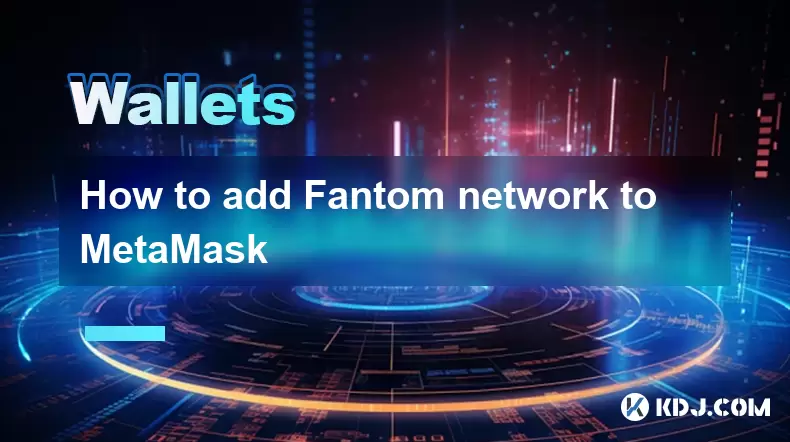
How to add Fantom network to MetaMask
Aug 07,2025 at 08:21am
Understanding the Fantom Network and MetaMask IntegrationThe Fantom network is a high-performance, scalable, and secure blockchain platform designed f...
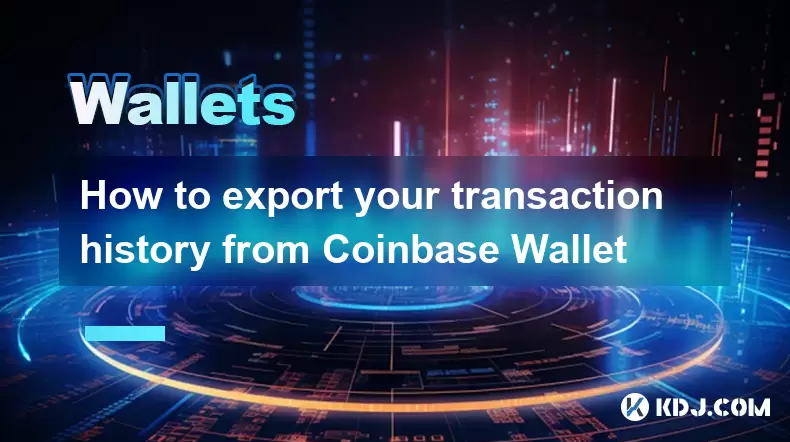
How to export your transaction history from Coinbase Wallet
Aug 07,2025 at 06:50am
Understanding Coinbase Wallet and Transaction HistoryCoinbase Wallet is a self-custodial cryptocurrency wallet that allows users to store, manage, and...
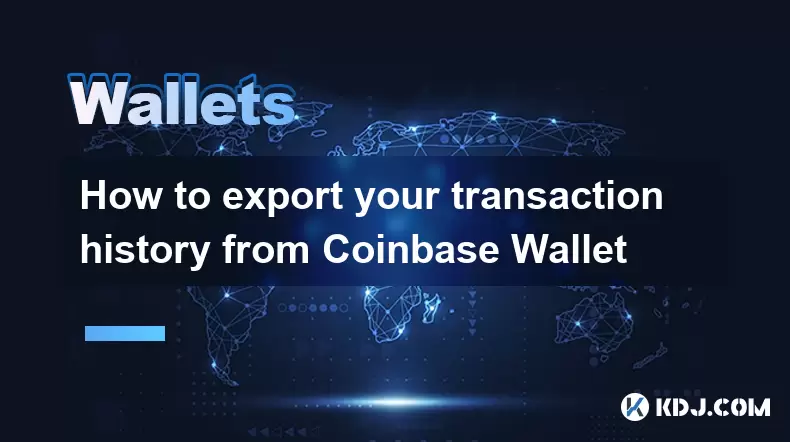
How to export your transaction history from Coinbase Wallet
Aug 07,2025 at 08:49am
Understanding Coinbase Wallet and Transaction HistoryCoinbase Wallet is a self-custodial cryptocurrency wallet that allows users to store, manage, and...
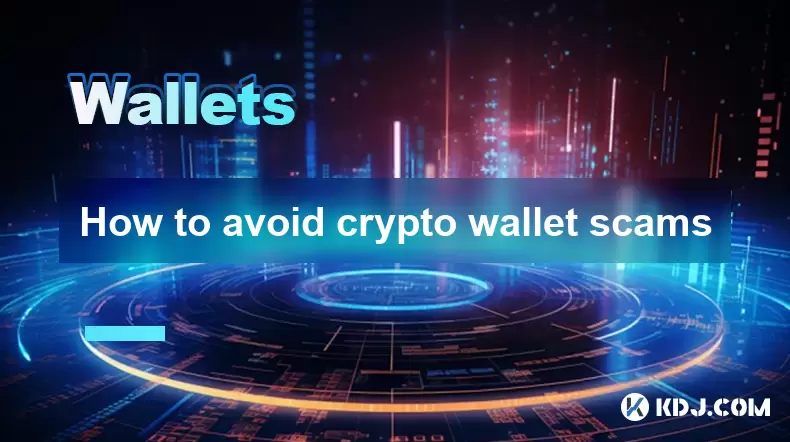
How to avoid crypto wallet scams
Aug 07,2025 at 02:21pm
Understanding Common Types of Crypto Wallet ScamsCrypto wallet scams come in various forms, each designed to exploit user trust, technical ignorance, ...

How to set up a new Ledger Nano S Plus
Aug 07,2025 at 06:01am
Unboxing and Initial InspectionWhen you receive your Ledger Nano S Plus, begin by carefully unboxing the package. Inside, you should find the Ledger N...
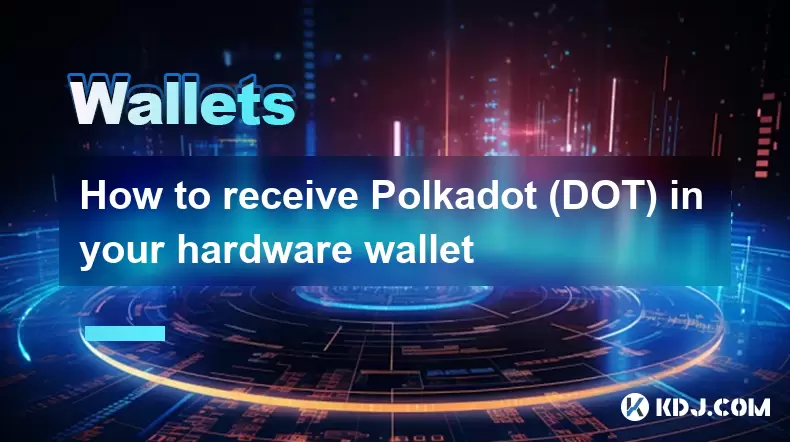
How to receive Polkadot (DOT) in your hardware wallet
Aug 07,2025 at 07:03am
Understanding Polkadot (DOT) and Hardware Wallet CompatibilityReceiving Polkadot (DOT) into a hardware wallet begins with understanding the ecosystem ...

How to add Fantom network to MetaMask
Aug 07,2025 at 08:21am
Understanding the Fantom Network and MetaMask IntegrationThe Fantom network is a high-performance, scalable, and secure blockchain platform designed f...

How to export your transaction history from Coinbase Wallet
Aug 07,2025 at 06:50am
Understanding Coinbase Wallet and Transaction HistoryCoinbase Wallet is a self-custodial cryptocurrency wallet that allows users to store, manage, and...

How to export your transaction history from Coinbase Wallet
Aug 07,2025 at 08:49am
Understanding Coinbase Wallet and Transaction HistoryCoinbase Wallet is a self-custodial cryptocurrency wallet that allows users to store, manage, and...

How to avoid crypto wallet scams
Aug 07,2025 at 02:21pm
Understanding Common Types of Crypto Wallet ScamsCrypto wallet scams come in various forms, each designed to exploit user trust, technical ignorance, ...

How to set up a new Ledger Nano S Plus
Aug 07,2025 at 06:01am
Unboxing and Initial InspectionWhen you receive your Ledger Nano S Plus, begin by carefully unboxing the package. Inside, you should find the Ledger N...

How to receive Polkadot (DOT) in your hardware wallet
Aug 07,2025 at 07:03am
Understanding Polkadot (DOT) and Hardware Wallet CompatibilityReceiving Polkadot (DOT) into a hardware wallet begins with understanding the ecosystem ...
See all articles

























































































